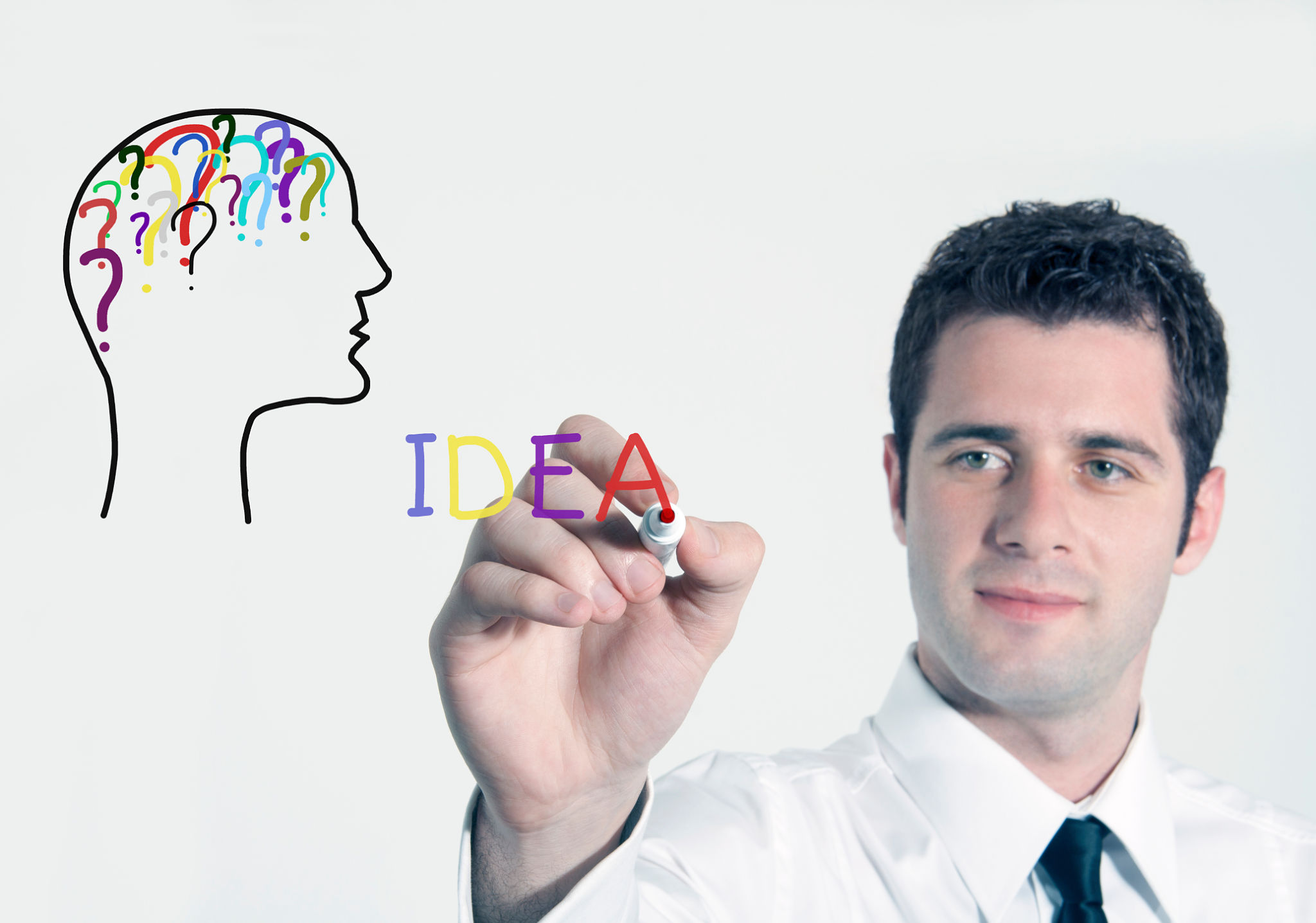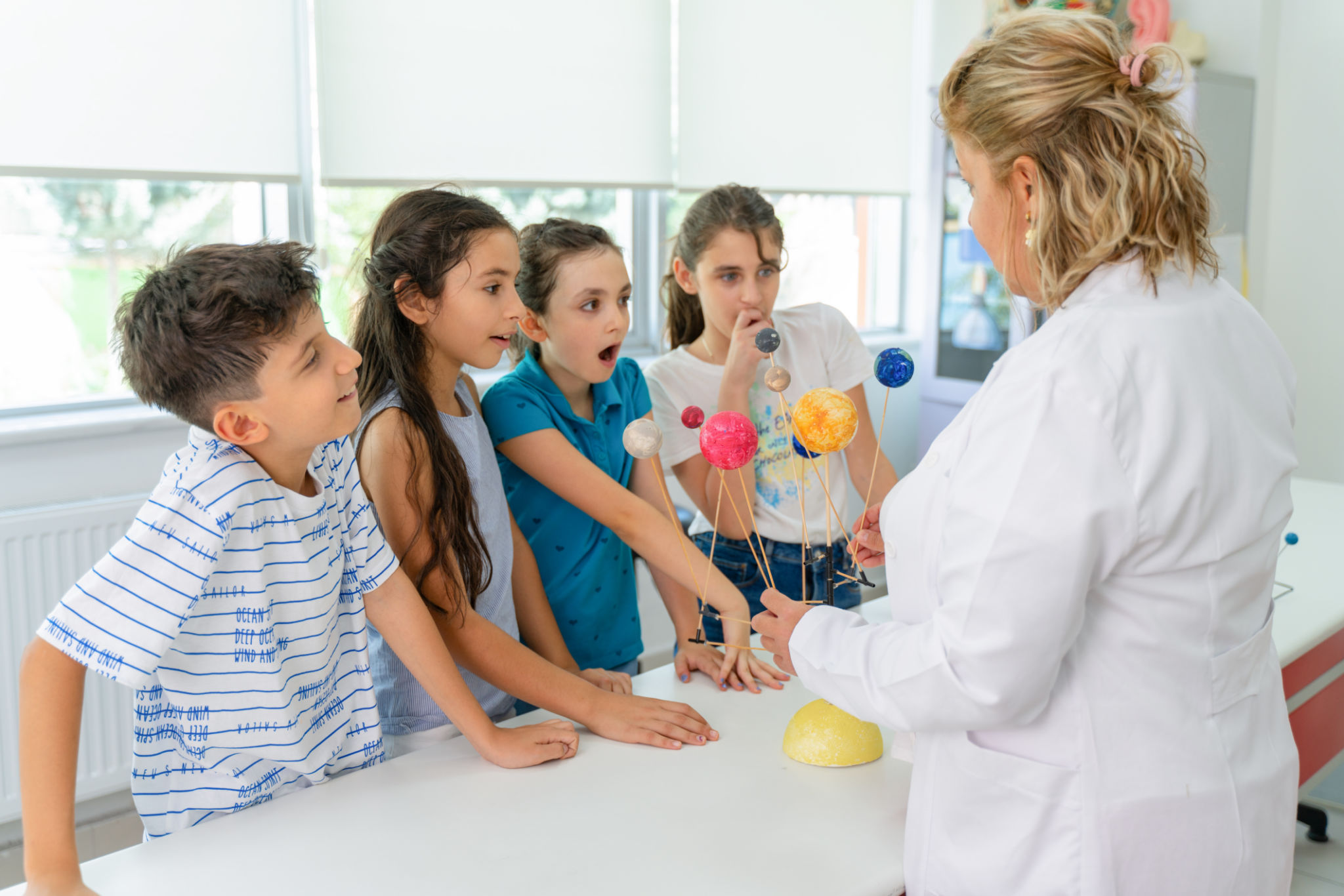Explore the Benefits of Mindful Dialogue
Co
Unlocking the Power of NLP Mindful Dialogue Transforming How We Connect, Learn, and Grow
In today’s fast-paced world, the way we communicate has become more important than ever. Whether we’re navigating personal challenges, collaborating with teams, or teaching complex subjects, how we engage with each other plays a huge role in our success. One approach that is rapidly gaining attention is Mindful Dialogue, particularly in educational and therapeutic settings. But what if we could amplify the impact of this powerful tool even further? Enter NLP Mindful Dialogue, a unique practice I’ve developed to help individuals break through barriers and achieve lasting change.

What is NLP Mindful Dialogue?
NLP Mindful Dialogue is a technique that combines the power of mindfulness with the principles of Neuro-Linguistic Programming (NLP). Through a guided trance state, individuals can address specific challenges or patterns in their thinking and behavior that are holding them back. The result? Deep, transformative change that feels both natural and quick.
When people hear the term “mindful dialogue,” they often think about the practice of listening and engaging in conversation with empathy and awareness. While that’s certainly part of it, NLP Mindful Dialogue goes a step further by tapping into the subconscious mind. In this altered state, individuals can access their deeper thoughts and emotions, helping them uncover and reprogram limiting beliefs and behaviors.
This method creates a space where active listening and reflection are not just verbal practices but tools for deep mental and emotional shifts. By guiding someone into a relaxed, receptive state, NLP Mindful Dialogue enables them to process old patterns and replace them with healthier, more empowering ones.

The Power of Mindful Dialogue in Education
The concept of mindful dialogue has been making waves in various fields, including science education. In these settings, mindful dialogue focuses on active listening, empathy, and reflection, encouraging students to engage more meaningfully with each other and the material. This goes beyond simple information exchange. By fostering a space for reflective conversations, students can explore complex concepts collaboratively, helping them understand the material on a deeper level.
One of the key elements of mindful dialogue is active listening, a practice that encourages participants to truly hear each other, not just respond. In a traditional classroom, students may listen passively, but when they’re encouraged to engage, they’re more likely to grasp complex ideas and ask insightful questions. This kind of engagement makes learning more interactive and effective, particularly in science education, where deep comprehension and critical thinking are crucial.
When individuals practice mindful dialogue, they also foster a deeper sense of empathy. In the classroom, especially when tackling challenging topics, respectful communication can prevent disagreements from turning into conflicts. Students who practice empathy are more likely to value diverse perspectives, which is especially important in science, where innovation often stems from the ability to be innovative and consider a wide range of ideas.
In NLP Mindful Dialogue, empathy is not just about listening to others, it’s about truly understanding where they are coming from, both emotionally and intellectually. This creates a space for respectful interactions, allowing participants to share their thoughts without fear of judgment. The result is a more inclusive, collaborative environment that encourages everyone to participate and contribute.

Encouraging Reflection and Critical Thinking
Another core component of mindful dialogue is reflection. Reflection encourages participants to think critically about their experiences, ideas, and interactions. In education, after engaging in a dialogue or completing an experiment, students reflect on what they learned, what challenged them, and how their understanding has evolved.
NLP Mindful Dialogue incorporates this reflective process powerfully. During a trance state, individuals can not only think through their experiences but also access deeper layers of their subconscious, where limiting beliefs often reside. This process helps people identify patterns that may not be immediately obvious, providing them with the opportunity to make conscious changes and grow.
The Role of Educators and Facilitators
In the educational setting, the role of the educator is to create an environment where mindful dialogue can thrive. This means fostering a space where students feel safe and supported in expressing their ideas, asking questions, and engaging in respectful conversations.
Teachers can also use tools from NLP to facilitate these dialogues more effectively. By encouraging active listening, empathy, and critical thinking, educators can help students not only understand scientific concepts but also develop essential life skills; skills that will serve them well beyond the classroom.
Integrating NLP Mindful Dialogue for Rapid Transformation
Now, let’s bring it all together. When you combine the reflective, empathetic practices of mindful dialogue with the targeted, transformative power of NLP, you unlock a process that can lead to rapid, lasting change.
While traditional mindfulness practices focus on awareness and presence, NLP Mindful Dialogue is designed for results. In this practice, individuals don’t just explore their thoughts, they actively reprogram them. By guiding someone into a trance state, I help them uncover the root causes of their challenges and offer quick, actionable solutions to replace outdated thinking patterns with empowering ones.
This approach is effective for individuals seeking rapid transformation, whether they are looking to break through mental blocks, improve communication skills, or resolve long-standing personal challenges. Integrating NLP Mindful Dialogue ensures that change happens not only in the conscious mind but at a deeper, subconscious level, leading to faster and more sustainable results.
Why NLP Mindful Dialogue Works?
Fast Results-the trance state allows individuals to access their subconscious mind, where lasting change can occur more quickly.
Holistic Approach-by combining mindfulness, NLP, and reflective dialogue, this approach addresses the mind, body, and emotions, creating a comprehensive healing experience.
Empowerment-NLP Mindful Dialogue empowers individuals to take control of their thoughts, behaviors, and interactions, leading to lasting personal growth.
NLP Mindful Dialogue is not just a conversation, it’s a transformative process that encourages self-awareness, empathy, and rapid personal growth. By integrating NLP’s powerful techniques with mindful dialogue, individuals can unlock their potential and achieve the positive changes they desire faster than they ever thought possible.